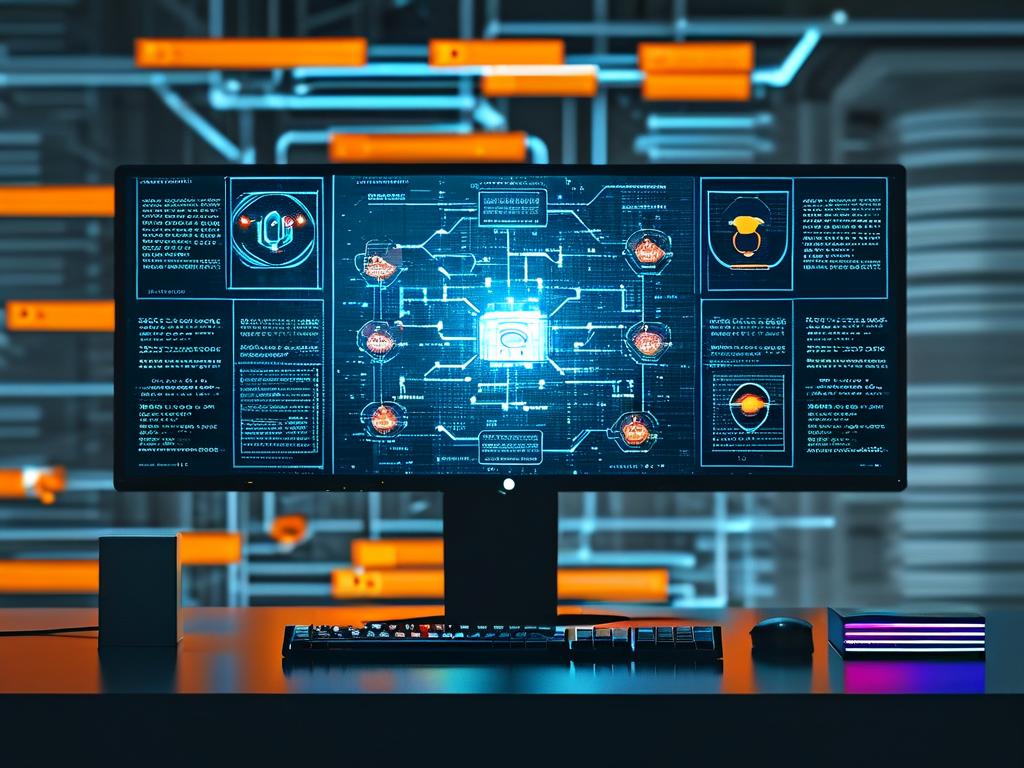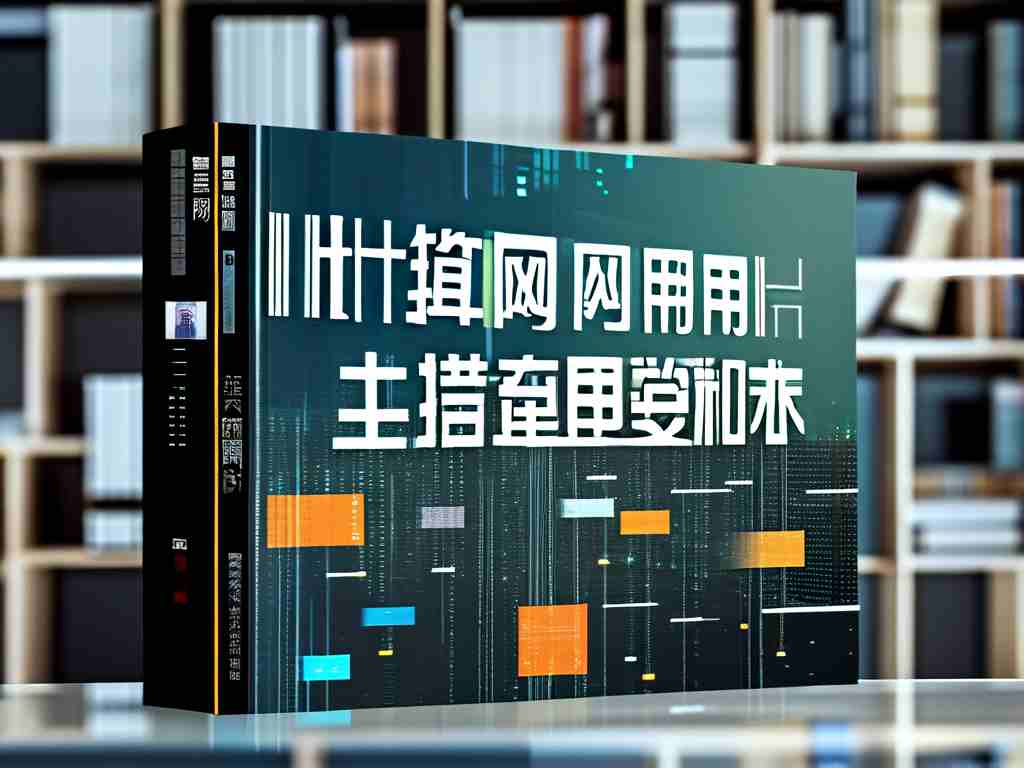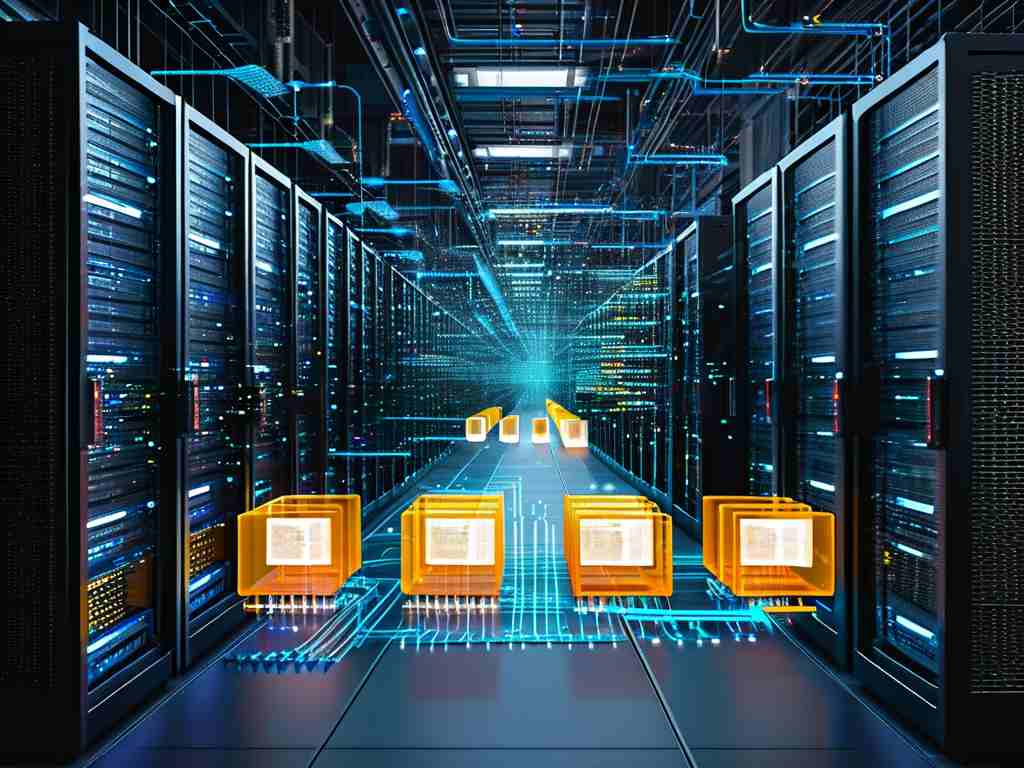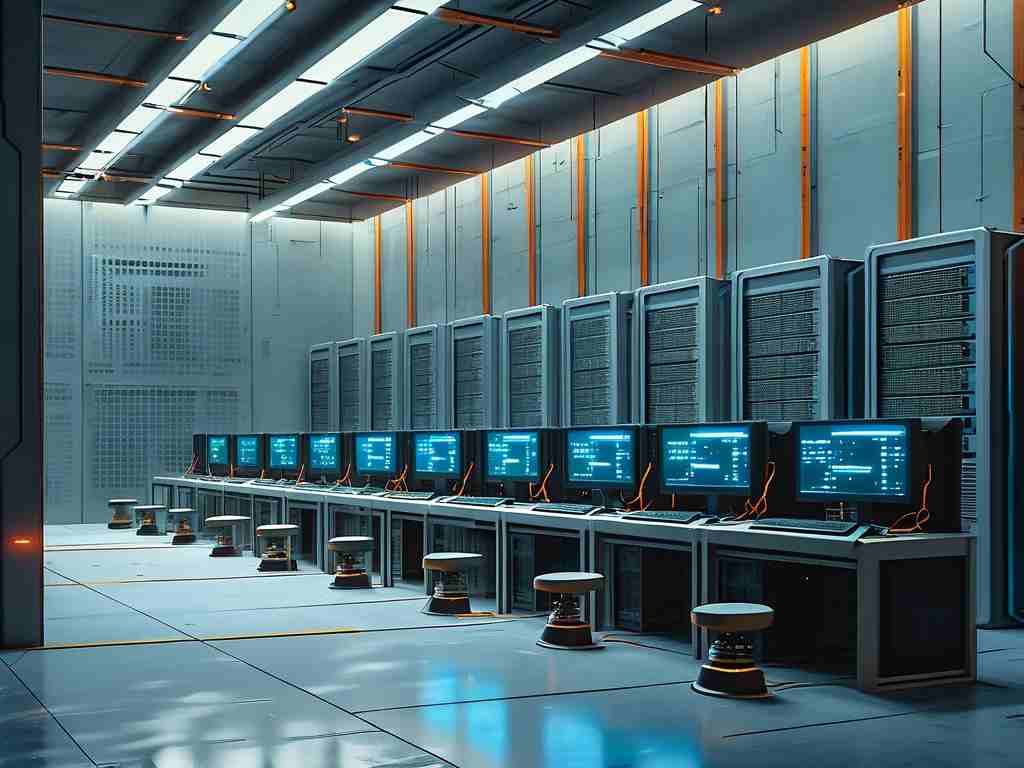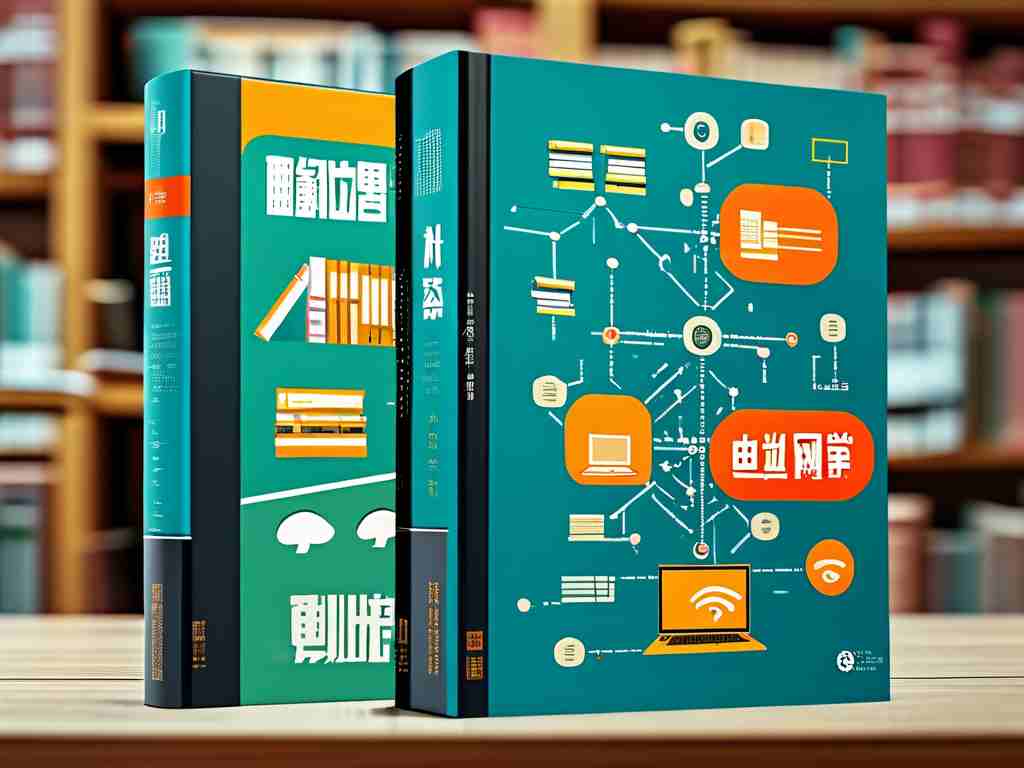In today’s interconnected world, the integration of computer networks with power systems has become a cornerstone of modern infrastructure. This synergy ensures efficient energy distribution, real-time monitoring, and enhanced reliability. Understanding the fundamentals of computer networks within power systems—often termed "connected electricity"—is critical for professionals in both IT and electrical engineering fields.
The Role of Networking in Power Systems
Power grids are no longer isolated entities. Modern grids rely on networked communication to balance supply and demand, detect faults, and automate responses. Protocols like TCP/IP and MQTT enable devices such as smart meters, transformers, and sensors to exchange data across distributed systems. For example, a substation might use Ethernet-based communication to relay voltage levels to a central control system, allowing operators to adjust parameters remotely.
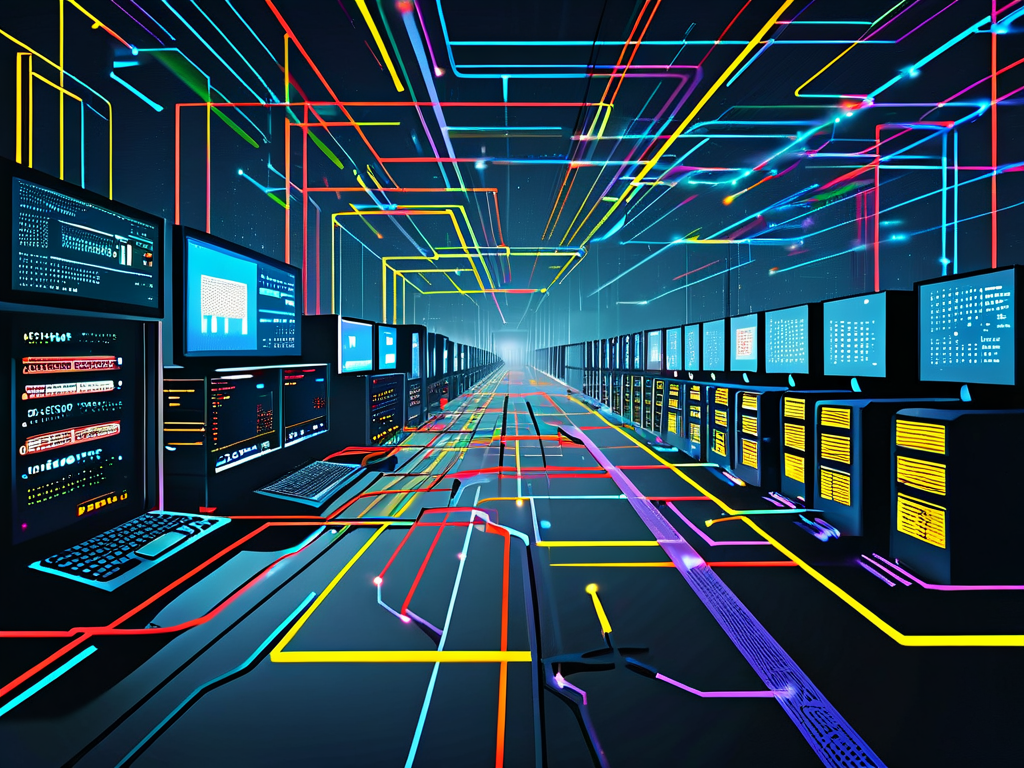
A key application is the Smart Grid, where networked devices optimize energy flow. Consider this simplified code snippet illustrating data transmission between a sensor and a server:
import socket
def send_sensor_data(voltage):
client = socket.socket(socket.AF_INET, socket.SOCK_STREAM)
client.connect(("grid-control.com", 8080))
client.send(f"Voltage: {voltage} kV".encode())
client.close()
Such integrations reduce downtime and improve response times during outages.
Challenges in Networked Power Infrastructure
While connectivity offers advantages, it introduces vulnerabilities. Cyberattacks on power grids—like the 2015 Ukraine grid hack—highlight the need for robust security. Network segmentation, encryption (e.g., AES-256), and intrusion detection systems (IDS) are essential. Additionally, latency and bandwidth limitations in rural areas can hinder real-time data processing. Hybrid solutions, combining wired and wireless technologies (e.g., fiber optics and 5G), are emerging to address these gaps.
Another challenge is interoperability. Legacy power equipment often uses proprietary protocols, requiring middleware to communicate with modern IP-based networks. The IEC 61850 standard has been pivotal in standardizing communication for electrical substations, but adoption remains uneven globally.
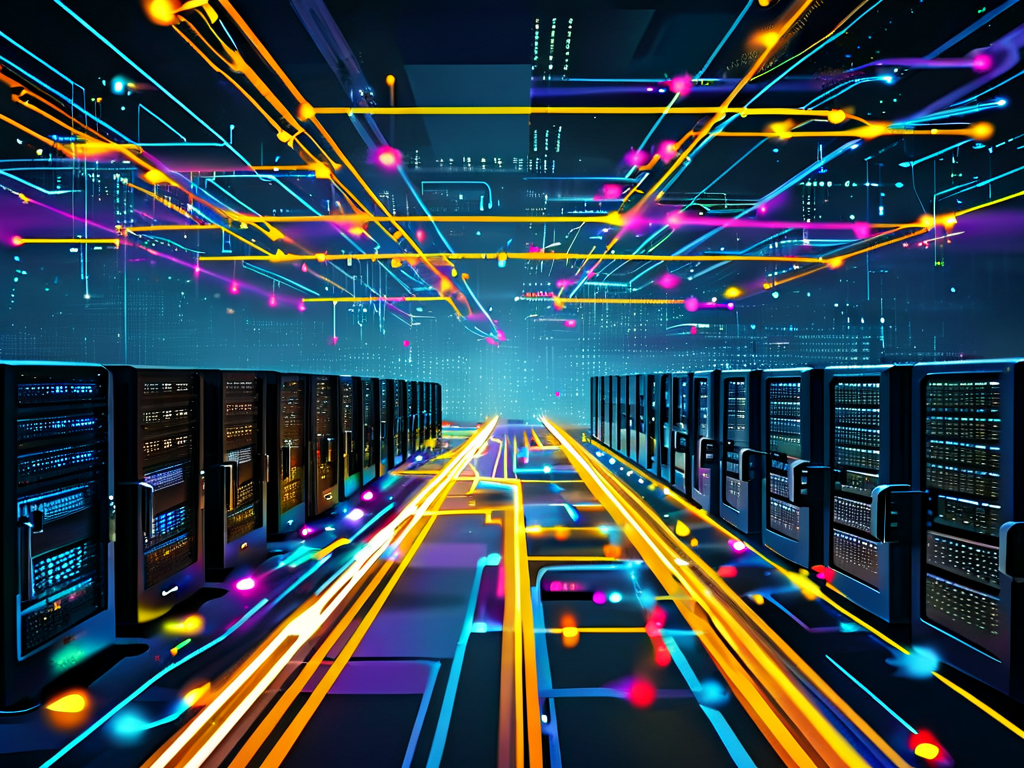
Future Trends: IoT and Edge Computing
The Internet of Things (IoT) is revolutionizing power systems. Smart meters with embedded network interfaces enable granular consumption tracking, while edge computing reduces reliance on centralized servers. For instance, a transformer equipped with edge processors can analyze local load data and reroute power autonomously during peak hours.
Moreover, machine learning algorithms are being deployed to predict equipment failures. By analyzing network traffic patterns, these systems identify anomalies—like unusual voltage fluctuations—and trigger maintenance alerts. This proactive approach minimizes downtime and extends infrastructure lifespan.
The fusion of computer networking and power systems is reshaping how energy is managed and distributed. From smart grids to IoT-driven analytics, this convergence demands interdisciplinary expertise. As technology evolves, professionals must prioritize security, standardization, and scalability to build resilient, future-ready infrastructures. By mastering these fundamentals, industries can harness the full potential of "connected electricity" to power a sustainable digital era.


